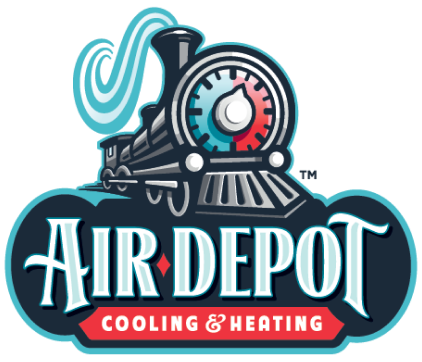A thermostatic expansion valve (TXV) is a standard metering valve used in air conditioning and refrigeration equipment, typically systems of higher capacities, such as packaged air conditioners and split air conditioners. The TXV is a precision device that operates to regulate the flow of the refrigerant in response to the systematic conditions in the evaporator. These valves regulate the flow of liquid refrigerant as it enters the evaporator in response to the superheat of the vapor exiting it.
Main Components of the TXV
The thermal expansion valve comprises several components that work together to enable the valve to achieve the desired efficiency. The body houses the functional parts and contains an orifice that regulates the flow of the liquid refrigerant. Additionally, it includes the diaphragm, which is a flexible material that can flex to exert pressure on the operational pin.
The pin has an upward and downward movement that causes the orifice to vary in size, thus regulating the amount of the refrigerant that flows. The spring’s purpose is to counter the pressure exerted on the pin, and it works in the opposite direction. The sensing bulb helps measure the temperature of the refrigerant at the evaporator exit, and its reaction determines the opening or closing of the valve.
Working Principles of the TXV
When there is an increase in the evaporator load, it triggers the refrigerant to boil faster within the evaporator coil. At this point, the feeler bulb installed on the suction line has a similar temperature to the refrigerant. As a result, there is an increase in the temperature of the bulb caused by the early vaporization of the liquid refrigerant.
The pressure within the bulb increases and is transmitted via the capillary tube into the diaphragm. This causes the downward movement of the diaphragm, allowing more liquid refrigerant into the evaporator chamber.
The pressure on the feeler bulb acting on the diaphragm is usually balanced by both the spring and the evaporator pressure, which acts at the bottom of the diaphragm. This process continues until a pressure equilibrium on the diaphragm is achieved.
A decrease in evaporator load decreases the amount of refrigerant that evaporates within the coil while the excess liquid is ejected through the outlet. This, in turn, brings a cooling effect on the feeler bulb, reducing its temperature and pressure.
The pressure results in the upward movement of the diaphragm and a reduced valve opening, which minimizes the flow of refrigerant into the evaporator. As a result, there is a reduction in the evaporator pressure. The process continues until pressure is achieved once again.
Function of the Thermostatic Expansion Valve
1. Reduce the Pressure of the Refrigerant
The primary function of the thermostatic expansion valve is to regulate and reduce the pressure of the refrigerant from the condenser pressure to the evaporator pressure. The refrigerant is usually at high pressure when inside the condenser. As it passes through the orifice within the TXV, its pressure is drastically reduced to the same level as the evaporator pressure. The sudden pressure decrease of the refrigerant results in lowering the temperature of the refrigerant, thus bringing a cooling effect within the evaporator.
2. Keeping the Evaporator Active
The thermostatic expansion valve regulates the flow of the refrigerant in regard to the cooling load inside it. When the loads are at a higher value, the flow increases. If the loads are at a lower value, on the other hand, the refrigerant flow is reduced. The valve, therefore, ensures that the evaporator operates as required by eliminating the waste of the capacity of the evaporator. The TXV constantly regulates the refrigerant flow to maintain the superheat that it has been adjusted for.
3. Regulate the Refrigerant Flow as Per Unit Requirements
The valve allows the flow of the refrigerant into the evaporator based on the cooling load on it. This eliminates the flood back of the refrigerant to the compressor and ensures that the evaporate operates efficiently.
At AirDepot, we have created a strong reputation for offering quality AC repair, installation, and maintenance services in Cypress, TX, and the surrounding areas. We also offer a full range of heating services, and our team can provide you with indoor air quality solutions such as air purifiers and filters. To set up an appointment or learn more about our various service offerings, contact AirDepot today.


